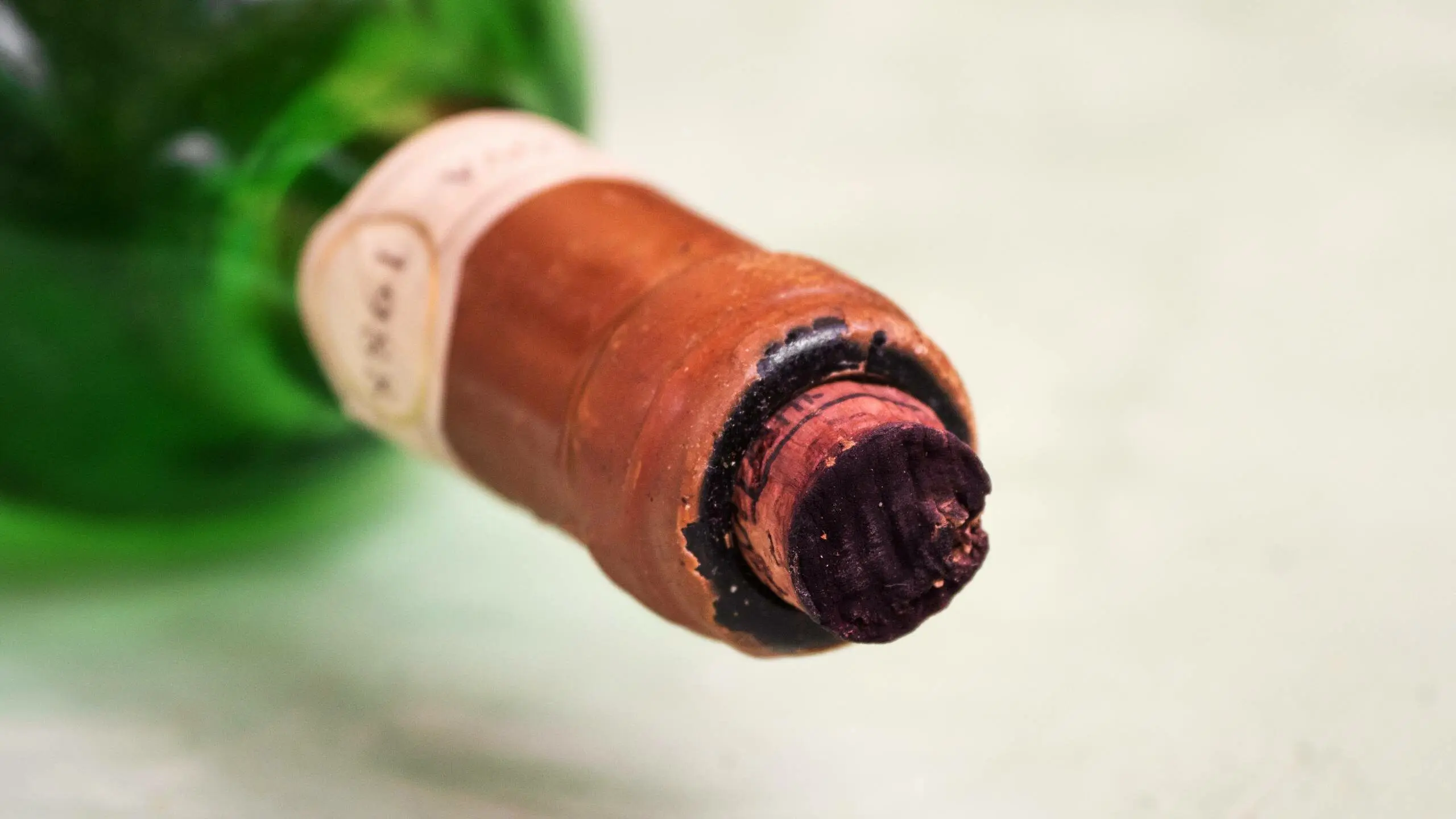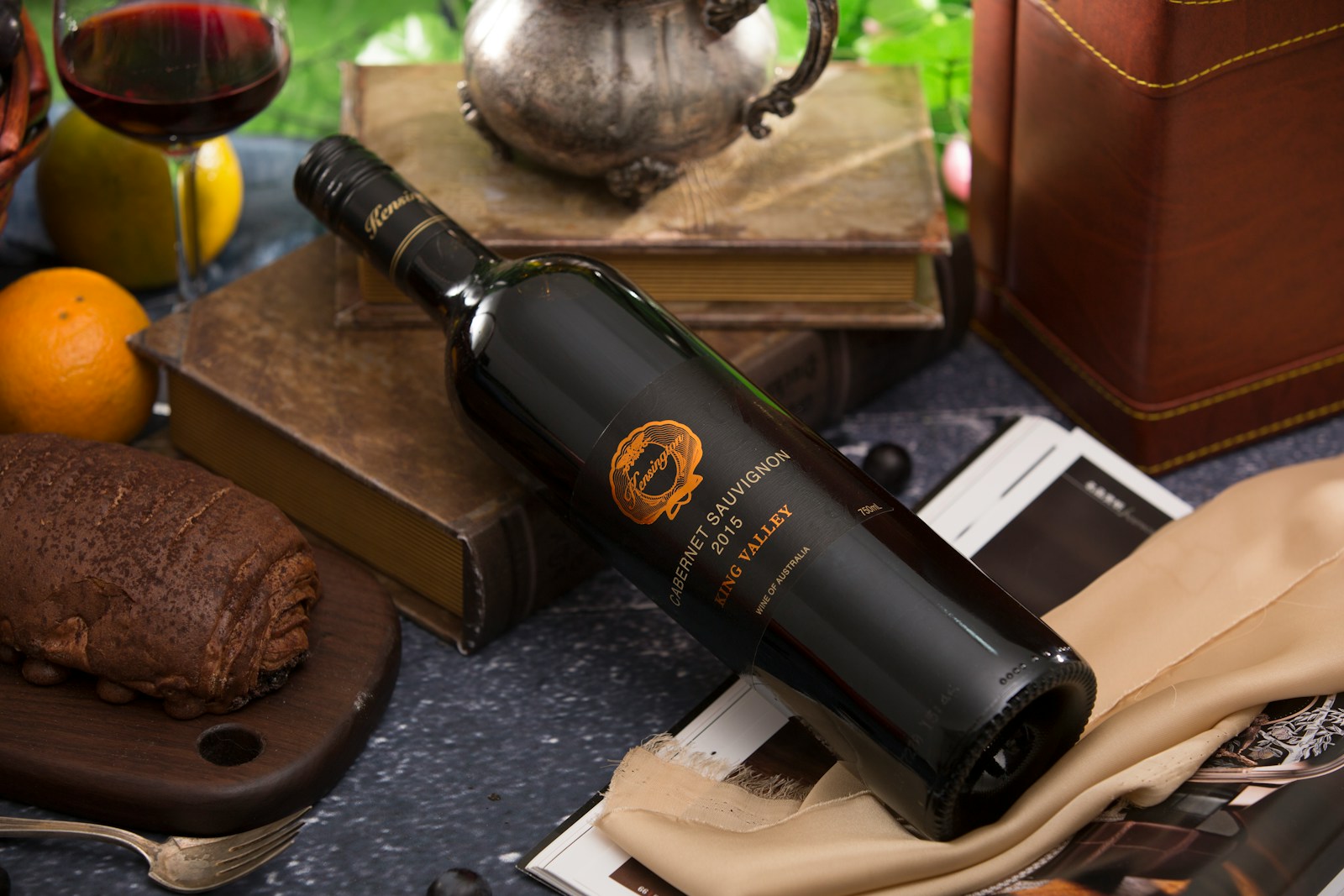Picture this: you’ve carefully selected a bottle of wine for a special dinner, whether at home or at a restaurant. You uncork it with anticipation, pour a glass, take that first sip, and… something’s terribly wrong. The wine tastes like wet cardboard, smells like vinegar, or has an unpleasant medicinal flavor that makes you wince. Your first instinct might be to simply accept the disappointment and move on, but here’s the truth: you shouldn’t have to pay for faulty wine.
Wine faults, while relatively rare in today’s well-regulated industry, do occur. Most modern wines are sulfited, filtered, and sealed with reliable closures, making defects less common than in previous decades. However, when they do happen, these faults can completely ruin what should be an enjoyable experience. The good news is that most wine faults are easily detected – you’ll know something is wrong because faulty wine tastes and smells distinctly off.
Understanding when and why you should return a bottle of wine isn’t just about getting your money back; it’s about protecting yourself as a consumer and ensuring that wine retailers and restaurants maintain quality standards. Whether you’re dining out or shopping at your local wine store, knowing your rights and the proper procedures can save you money and frustration. The key is distinguishing between legitimate wine faults that warrant a return and simple personal preference, which typically doesn’t qualify for a refund.
Valid Reasons for Returning Wine

Cork Taint: The Most Common Culprit
Cork taint is the most frequently encountered wine fault and the most universally accepted reason for returning a bottle. This defect occurs when a contaminated cork transfers unpleasant compounds to the wine, creating a distinctive cardboard-y taste and wet newspaper aroma. If you detect any sort of wet newspaper notes or suspect cork taint, you should absolutely request a different bottle.
Wine professionals emphasize that cork taint is an obvious wine fault that justifies rejection. The musty, dank smell is unmistakable once you’ve encountered it, and no reputable establishment should expect you to accept a corked bottle.
Oxidation and Premature Aging
Oxidized wine presents another clear case for return. These bottles taste flat, dull, and more bitter than they should, often appearing brownish-orange in white wines or dull brown in reds. Oxidation typically results from faulty corks that allow too much air contact with the wine over time.
Heat Damage and Storage Issues
Wine that has been exposed to excessive heat during transport or storage develops a jammy taste and nutty smell characteristic of maderization. This fault is particularly common with wines shipped during hot weather or stored improperly.
Bacterial Contamination
Wines affected by bacterial infections exhibit yucky medicinal, barnyard, or acetic vinegary flavors. You might also notice light fizz from secondary fermentation in still wines, which indicates contamination.
Shipping and Handling Errors
Beyond wine faults, legitimate reasons for returns include receiving the wrong vintage, shipping errors, or bottles that arrive damaged or leaking. Most retailers accept these returns without question, as they represent clear mistakes on their part.
Return Policies: What to Expect

Restaurant Returns
In restaurants, the process is typically straightforward. The only acceptable reason to reject a wine is faultiness. When you’re given wine to taste, you’re looking for obvious faults, not determining whether the wine suits your personal preferences that evening. Most restaurant professionals understand this distinction and will replace genuinely faulty bottles without argument.
Retail Store Policies
Wine shop return policies vary significantly, but most follow similar guidelines. A 90-day return or exchange policy is pretty typical for retail stores. However, the specifics can differ dramatically:
Time Limits: Most stores accept returns within 30 days of purchase, though some extend this to 90 days. The Wine Cellarage accepts returns within thirty days of delivery for wines that are corked or flawed.
Condition Requirements: Many retailers require that returned bottles be unopened and in original packaging. However, for genuinely faulty wines, some stores will accept opened bottles as long as they’re mostly full, typically 3/4 full or more.
Age Restrictions: Some retailers won’t guarantee wines from vintages that are 15 years of age or older, recognizing that older wines carry inherent risks.
Online wine sellers often have more detailed policies due to shipping complexities. They typically cover returns for shipping errors, wrong items sent, or wines that arrive damaged. However, they may require clear photos of damaged or leaking bottles within 24 hours of arrival to qualify for full refunds.
Invalid Reasons for Wine Returns
Understanding what doesn’t qualify for returns is equally important. Most retailers explicitly state that the following are invalid reasons for return:
-
Simply not liking the wine’s taste
-
Receiving wine as a gift and wanting to exchange it
-
Overbuying for an event and wanting to return excess bottles
-
Buyer’s remorse or changing your mind
The key distinction is between objective faults and subjective preferences. A wine that’s perfectly sound but doesn’t match your taste preferences typically won’t qualify for return.
How to Successfully Return Wine

Document the Problem
When you encounter a faulty bottle, take notes about the specific issues you’re experiencing. Is it the smell, taste, appearance, or a combination? Being able to articulate the problem helps establish legitimacy.
Act Quickly
Most return policies have time limits, so don’t wait. Contact the retailer or restaurant as soon as you identify the problem. For online purchases, some require notification within 24 hours for certain types of damage.
Keep your receipt and bring the bottle with you. For shipping damage, take clear photos before opening if possible. Most stores want to see the actual bottle to verify the fault.
Be Polite but Firm
Approach the situation professionally. Explain the specific fault you’ve identified and why you believe the wine is defective. Most wine professionals will recognize legitimate faults and handle the return appropriately.
Know Your Rights by Location
Wine return laws vary by state and country. In California, for example, it is illegal to return wines once sold, except for defective wines. Some states are more flexible, while others have stricter regulations.
Federal guidelines generally don’t govern alcohol returns except in cases of suspected contamination. This means policies are largely determined by individual retailers and state laws.
Returning a faulty bottle of wine is not only acceptable but expected in the wine industry. Legitimate faults like cork taint, oxidation, heat damage, and bacterial contamination warrant returns, while personal taste preferences typically don’t. Understanding your rights, acting quickly, and approaching the situation professionally will help ensure a positive outcome.
Remember, reputable wine retailers and restaurants want satisfied customers. They’d rather replace a faulty bottle than lose your business entirely. Don’t hesitate to speak up when you encounter a genuinely flawed wine – you’re protecting both your investment and helping maintain quality standards in the industry.


